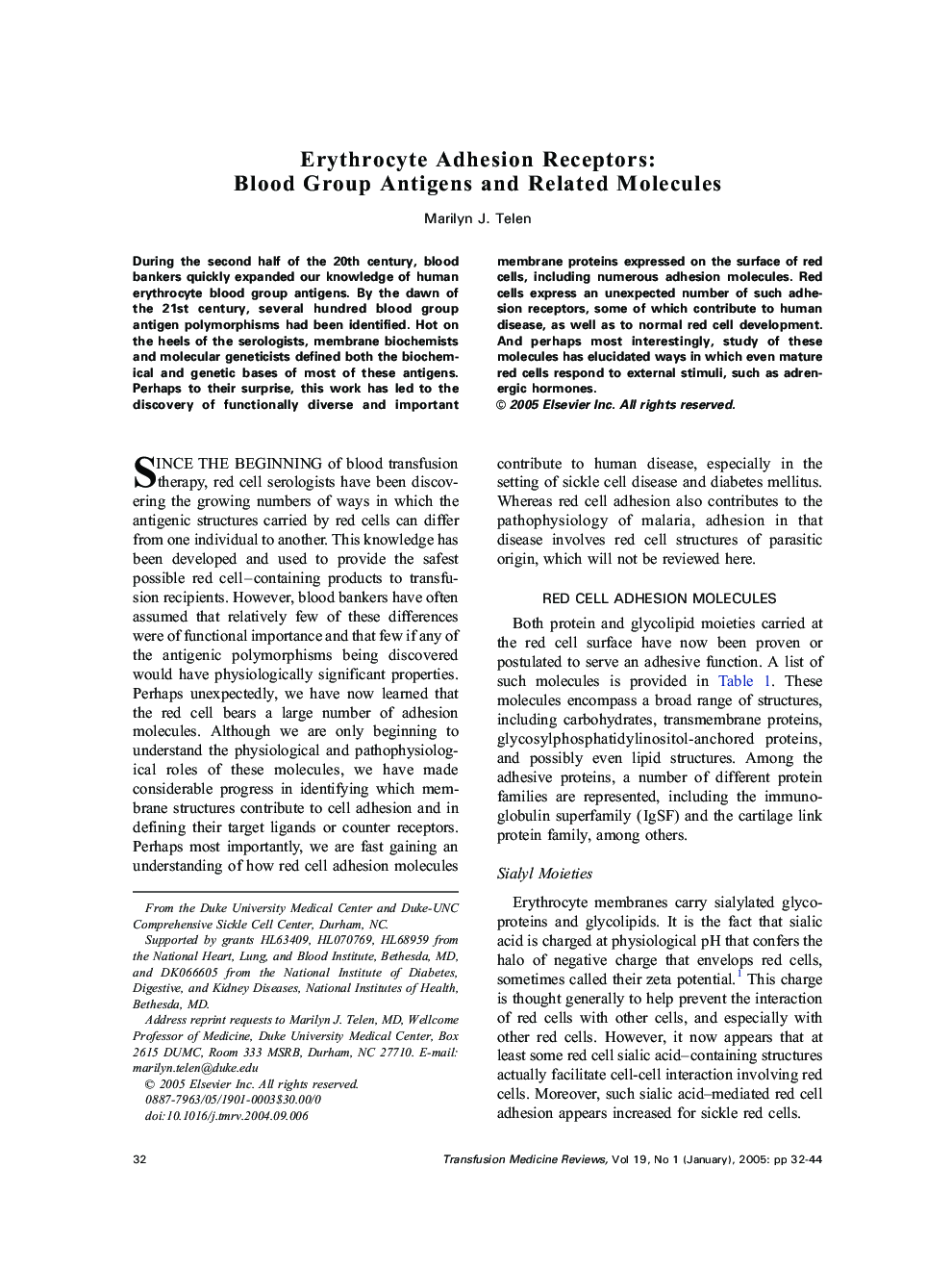| Article ID | Journal | Published Year | Pages | File Type |
|---|---|---|---|---|
| 9259406 | Transfusion Medicine Reviews | 2005 | 13 Pages |
Abstract
During the second half of the 20th century, blood bankers quickly expanded our knowledge of human erythrocyte blood group antigens. By the dawn of the 21st century, several hundred blood group antigen polymorphisms had been identified. Hot on the heels of the serologists, membrane biochemists and molecular geneticists defined both the biochemical and genetic bases of most of these antigens. Perhaps to their surprise, this work has led to the discovery of functionally diverse and important membrane proteins expressed on the surface of red cells, including numerous adhesion molecules. Red cells express an unexpected number of such adhesion receptors, some of which contribute to human disease, as well as to normal red cell development. And perhaps most interestingly, study of these molecules has elucidated ways in which even mature red cells respond to external stimuli, such as adrenergic hormones.
Related Topics
Health Sciences
Medicine and Dentistry
Hematology
Authors
Marilyn J. Telen,
